History of Windows from MS-DOS, Windows 1.0 to Windows 10
Microsoft recently rolled out the latest version 1809 update (aka Redstone 5) for its Windows 10 PCs. But after the Redstone 5, it won’t use the code name for the next updates. Rather, the next release will use code-name of 19H1.
The latest improvements would include, Cloud Clipboard, Dark File Explorer, new Snip Tool, new search experience, new Game Bar, and numerous other UI improvements.
What evolution! Windows has come this far and is still the most preferred OS in the world. Windows 10 will be the final name version of Microsoft Windows OS and new updates will come under the same name
As every success has a beginning, I am taking you to the past to know how the Windows Operating Systems have evolved and progressed. Let’s take a look at the history of windows.
Foundation of Microsoft
Bill Gates and Paul Allen officially founded Microsoft on 4th April 1975. In 1983, Allen was diagnosed with Hodgkin’s disease and resigned from Microsoft but remained on the Microsoft board.
Before his resignation, Allen and Gates reinvented Q-DOS as MS-DOS and sold it as an Operating System to IBM. It was the first OS of Microsoft before Windows 1.
Let’s start with the Windows 1.0 and experience how Windows has evolved with technology.
1.Windows1.0(1985)
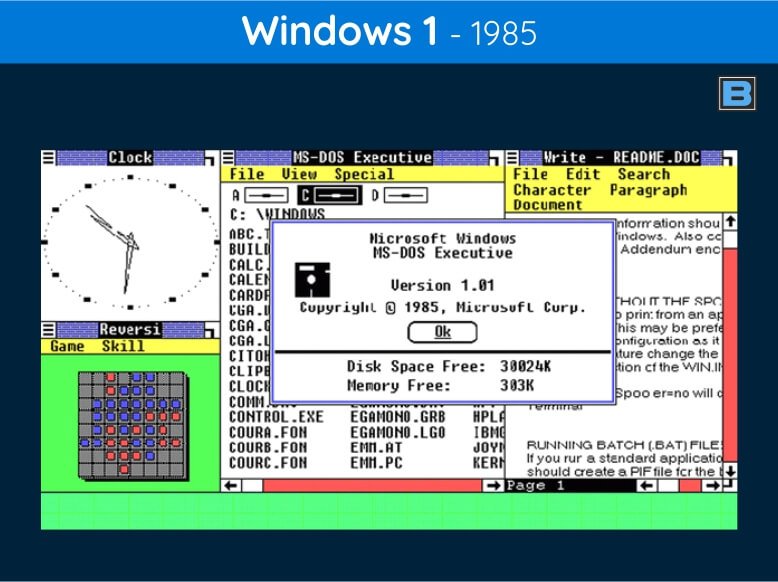
In the history of Windows, Windows 1.0 was the first OS with a graphical user interface. It was the upgraded version of MS-DOS and was launched in 1985. It has replaced MS-DOS commands with a graphical user interface.
For the first time, a user didn’t have to type a command to execute it. Simply moving the mouse and click in a box could do the work.
Like the code-name Redstone, Windows 1.0 was called by a code name as Interface Manager. Microsoft added a game “Reversi” to make the users familiar with the mouse, which was a weird device at that time.
The young CEO Bill Gates said of Windows, “It is unique software designed for the serious PC user.”
Interesting facts:
“It took around 2 years from announcement to shipping the product and initially sold for USD 100.00”
“It took around 2 years from announcement to shipping the product and initially sold for USD 100.00”
2. Windows 2.0 (1987)

Released in late 1987, Windows 2.0 was introduced withthe ability to overlap windows and improved graphics.
Microsoft’s Windows 2.0 was the start of its popularity as it added many user-friendly features. Microsoft added keyboard shortcuts and desktop icons to represent programs and files.
Importantly, Windows 2.0 was the first in the history of Windows to have the most popular “maximize and minimize” feature.
Windows 2.0 was also the reason for the clash of Apple and Microsoft. Apple Computer filed a lawsuit against Microsoft, but it was dropped.
Interesting facts:
“If in case Microsoft had lost the lawsuit, you might have never seen Windows as the most popular operating system.”
“If in case Microsoft had lost the lawsuit, you might have never seen Windows as the most popular operating system.”
3. Windows 3.0 and Windows 3.1 (1990 and 1992)
In the history of Windows, on May 22, 1990, Microsoft released Windows 3.0 with 16 color support with better icons. Windows 3.0 included famous windows games like Hearts, Minesweeper, and Solitaire.
It also came with File Manager, Program Manager, and Print Manager.
In 1992, upgraded version Windows 3.1 was released with necessary fixes and improved fonts. Further, in 1993 Windows 3.1 associated Windows NT 3.1 surfaced and subsequently its improved versions Windows NT 3.5, Windows NT 3.51 were released.
Interesting facts:
“Microsoft sold around 10 million copies of Windows 3.0 and the version wasn’t discontinued till the year 2001.”
“Microsoft sold around 10 million copies of Windows 3.0 and the version wasn’t discontinued till the year 2001.”
4. Windows 95 (1995) and Windows NT 4.0 (1996)
Windows 95 was the major upgrade of the previous Windows OS. Powered with a new user interface, Windows 95 sported 32-bit software support which made it one of the fastest OS.
Likewise, it also supported the older Windows and DOS software. Programmers started developing Windows applications because they realized the huge potential in Windows OS.
In 1996, Microsoft redesigned the UI of Windows 95 and used it in Windows NT 4.0. It was a small upgrade version of Windows NT 3.51 and a try to give Windows NT slight popularity. However, it wasn’t much considered as a major release.
Interesting facts:
“The rise of “Plug and Play”: This feature came with the capability to automatically detect the installed hardware.”
“The rise of “Plug and Play”: This feature came with the capability to automatically detect the installed hardware.”
5. Windows 98 (1998)
Windows 98 was the first OS with integrated Internet Explorer. It came with new technology support like DVD, USB, FAT32, etc.
Moving mouse on a program or feature enabled users to see “Help Tip” showing a short description. Later, Microsoft released Windows 98 SE with some bug fixes.
Interesting fact:
“In the history of windows, Windows 98 was a consumer-oriented version with enhanced hardware and driver support. It was designed to please consumers with its 3D effect border, quick launch toolbars, and gradient colors on the title bar.”
“In the history of windows, Windows 98 was a consumer-oriented version with enhanced hardware and driver support. It was designed to please consumers with its 3D effect border, quick launch toolbars, and gradient colors on the title bar.”
6. Windows 2000(2000)
On 17th Feb 2000, Microsoft released a much similar version to Windows 98. It was Windows 2000 filled with important improvements.
Users were able to preview images as thumbnails. With Windows 2000, it seemed that Microsoft’s major focus was on making tasks simpler, stable, and more appealing to the eyes of the user.
Interesting facts:
“Unlike previous Windows OS with only 2 versions, Windows 2000 came with 4 different versions, Professional, Server, Advanced Server, and Data Center Server.”
“Unlike previous Windows OS with only 2 versions, Windows 2000 came with 4 different versions, Professional, Server, Advanced Server, and Data Center Server.”
Moreover, Windows 2000 brought an important feature of a hyperlink with new Internet Explorer 5.0.
7. Windows Me (2000)
Five months after Windows 2000, Microsoft released Windows Millennium Edition on Sep 14th, 2000.
Key features include new media player with changeable skins and support of more file systems. Additionally, systems icons were improved with new high colors.
There were not many new improvements in Windows Me except the feature of System Restore.
8.Windows XP (2001)
Finally, the boss was arrived on October 2001. Yes, I mean it because Windows XP was a power-packed version of various Windows packages. Windows XP abandoned the age-old Windows 95 kernel core software code and introduced a more powerful code base.
Microsoft’s Windows XPmade historywith a more practical and beautiful user interface and improved application as well as memory management. It was released in 2 versions, Home and Professional.
Windows XP was a full reproduction of other Windows family versions. It came with a fresh appearance, updated Windows Media Player, Internet Explorer, Help and Support, Microsoft Assistant, and MSN messenger.
Interesting facts:
“Do you know what XP stands for?
Microsoft took it is like a short form of eXPerience and it is one of the few Windows OS with a name instead of a number.
In the whole history of Windows, XP was the most loved and popular version of Windows but it had seventy different security issues. Interestingly, as of November 2018, 500 million copied were still being used.Moreover, most of the ATMs in the world still run on Windows XP.”
“Do you know what XP stands for?
Microsoft took it is like a short form of eXPerience and it is one of the few Windows OS with a name instead of a number.
In the whole history of Windows, XP was the most loved and popular version of Windows but it had seventy different security issues. Interestingly, as of November 2018, 500 million copied were still being used.Moreover, most of the ATMs in the world still run on Windows XP.”
9. Windows Vista (2006)
Windows Vista came with a new aero user interface with redesigned shell and security features. However, the OS was criticized widely because of its high system requirements, slow performance, security vulnerabilities, and lengthy boot time.
Most of the users downgraded to XP to avoid these system issues.
Interesting facts:
“Microsoft invested around $6 billion and wrote over 50 million lines of code for Vista. The company called it the most secure OS ever. Windows Vista merely lasted for three years.”
“Microsoft invested around $6 billion and wrote over 50 million lines of code for Vista. The company called it the most secure OS ever. Windows Vista merely lasted for three years.”
10. Windows 7 (2009)
To fulfill users’ demand for a fast and secure OS, Microsoft released Windows 7 in 2009 with matching UI of Vista.
Although it was a similar version of its predecessor, Windows 7 met the user requirements. It upgraded Vista’s Aero effects to the next level, making them transparent, cleaner, and speedy.
Windows 7 removed many space-consuming features of Vista including Windows Movie Maker, Photo Gallery, and Windows Mail.
Interesting facts:
“Windows 7 is the fastest-selling OS around the World.”
“Microsoft sold 240 million per copies of Windows 7 per year. It means, Microsoft sold 657,534 Windows 7 copies per day, 27,397 copies per hour, and 7.6 copies each second.”
“With Windows 7, Microsoft outpaced Apple’s OS in terms of consumer satisfaction score.”
“Windows 7 is the fastest-selling OS around the World.”
“Microsoft sold 240 million per copies of Windows 7 per year. It means, Microsoft sold 657,534 Windows 7 copies per day, 27,397 copies per hour, and 7.6 copies each second.”
“With Windows 7, Microsoft outpaced Apple’s OS in terms of consumer satisfaction score.”
11. Windows 8 (2012)
Welcome to another flop OS in the history of Windows. Despite its futuristic design, there are many reasons that make Windows 8 a flop edition of Windows family.
Microsoft removed the start menu to make Windows 8 touch-friendly. It also removed most loved Aero effects of Windows 7 and added a boring tiled interface.
This radical new transformation was not welcomed by many. Microsoft failed to offer a distinct UI for touch and non-touch devices. Like Vista, Windows 8 was a failed attempt to surprise users.
Soon, in 2013, Microsoft released an improved version, Windows 8.1 and reintroduced the “start button”. Microsoft also added easy multitask options.
Interesting facts:
“Unlike other Windows OS, Windows 8 was packed with built-in antivirus program called, Windows Defender.”
“Windows 8 has an app store which lets you download apps like smartphones. It was considered as the best OS for tablets and smartphones.”
“Microsoft substantially gained a large smartphone user base with Windows 8 OS installed. Some of the popular Windows 8 phones were Nokia Lumia 720, Nokia Lumia 1020, Nokia Lumia 920, Microsoft Lumia 535, and the latest Microsoft Lumia 950 and 950 XL.”
“Unlike other Windows OS, Windows 8 was packed with built-in antivirus program called, Windows Defender.”
“Windows 8 has an app store which lets you download apps like smartphones. It was considered as the best OS for tablets and smartphones.”
“Microsoft substantially gained a large smartphone user base with Windows 8 OS installed. Some of the popular Windows 8 phones were Nokia Lumia 720, Nokia Lumia 1020, Nokia Lumia 920, Microsoft Lumia 535, and the latest Microsoft Lumia 950 and 950 XL.”
12. Windows 10 (2015)
After the drastic failure of Windows 8, Microsoft carefully stepped forward and initially released a preview version of Windows 10.
It was Microsoft’s initial strategy to know users’ orientation about the new features.
Windows 10 came with a number of features like Microsoft Edge (an alternative to Internet Explorer), Cortana, Continuum, Windows hello, etc.
This time, Microsoft took a U-turn and added new features like the return of the start menu, virtual desktops, universal Windows Store Apps. Windows 10 can be run on tablet mode or normal mode.
After a vast history of Windows, Microsoft announced that Windows 10 will be the last OS of Windows series. Moreover, Windows 10 will get major updates to enhance its UI, security, and other cumulative updates.
Interesting facts:
“Despite its graphics and animated UI, Windows 10 runs faster on old laptops and PCs too. Recently, Windows 10 surpassed Windows 7 on the basis of a number of users.”
“With its earlier Redstone 5 update, Microsoft introduced Dark Mode, Phone App, etc. Currently, I am enjoying Windows 10’s Microsoft Sonic Audio feature which offers life-like, theatre surround sound with headphones.”
“Really, the history of windows is vast. I hope you enjoyed this Windows journey and learned how Microsoft developed from its downfalls. Today, users around the world prefer Windows OS for their home and office use. And, this article has a brief history of Windows which can help you look in the past and experience the long history of Microsoft Windows.”
“Microsoft Windows is the live example of how continual improvements and efforts lead to glorious success. So, learn from the past and develop a superior tomorrow as Microsoft did.”
“Despite its graphics and animated UI, Windows 10 runs faster on old laptops and PCs too. Recently, Windows 10 surpassed Windows 7 on the basis of a number of users.”
“With its earlier Redstone 5 update, Microsoft introduced Dark Mode, Phone App, etc. Currently, I am enjoying Windows 10’s Microsoft Sonic Audio feature which offers life-like, theatre surround sound with headphones.”
“Really, the history of windows is vast. I hope you enjoyed this Windows journey and learned how Microsoft developed from its downfalls. Today, users around the world prefer Windows OS for their home and office use. And, this article has a brief history of Windows which can help you look in the past and experience the long history of Microsoft Windows.”
“Microsoft Windows is the live example of how continual improvements and efforts lead to glorious success. So, learn from the past and develop a superior tomorrow as Microsoft did.”
For more exciting updates do visit: Business APAC

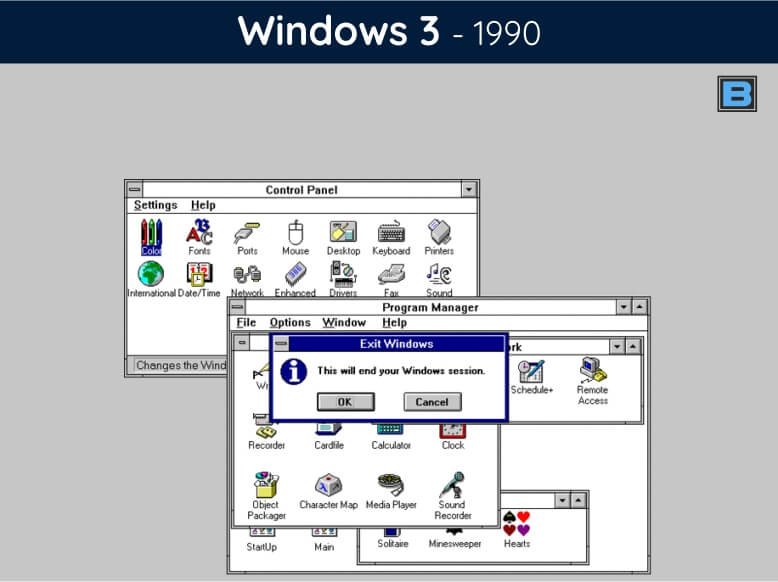
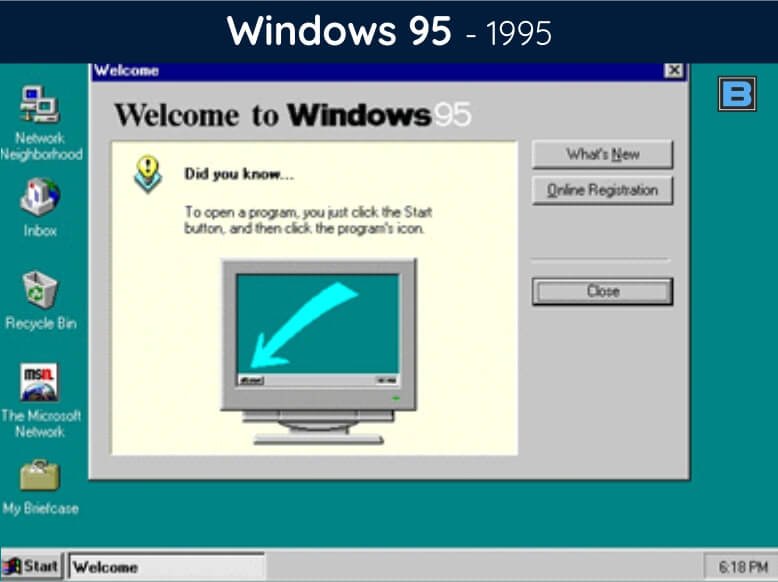
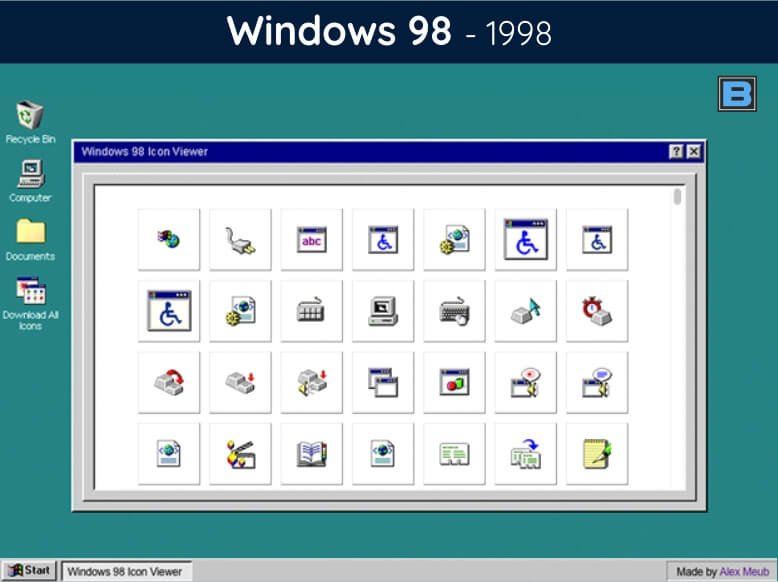
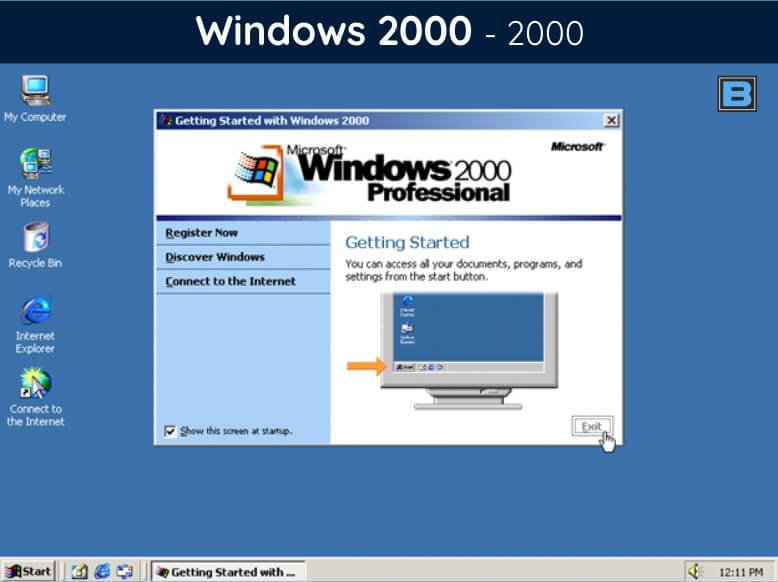
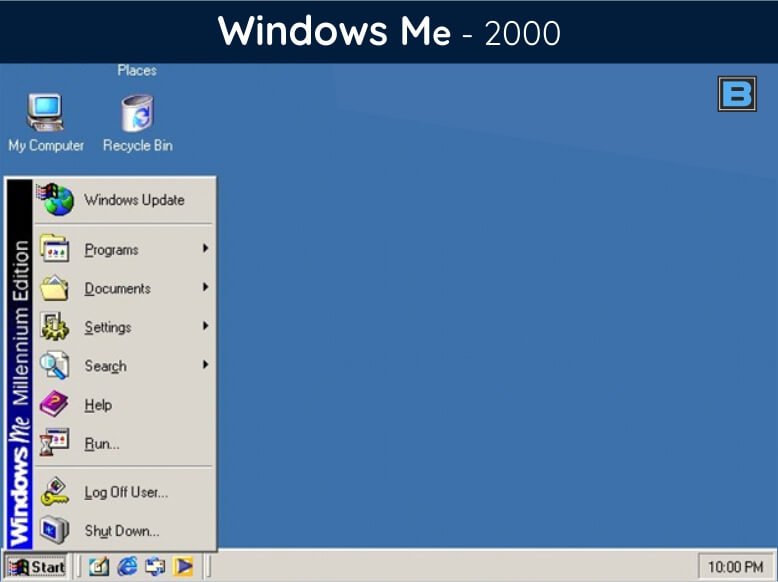
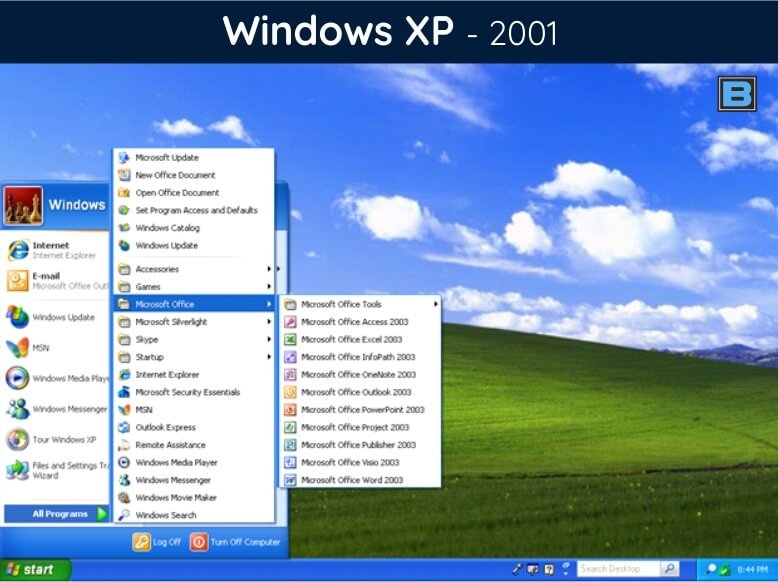
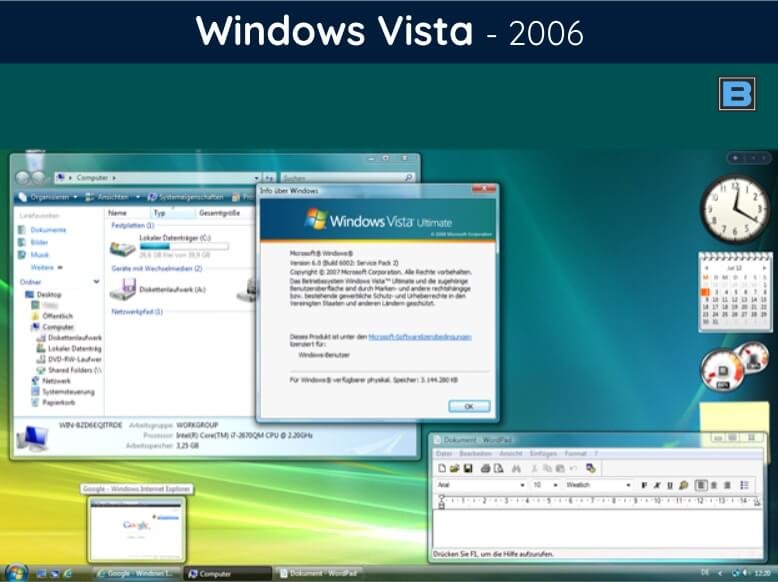
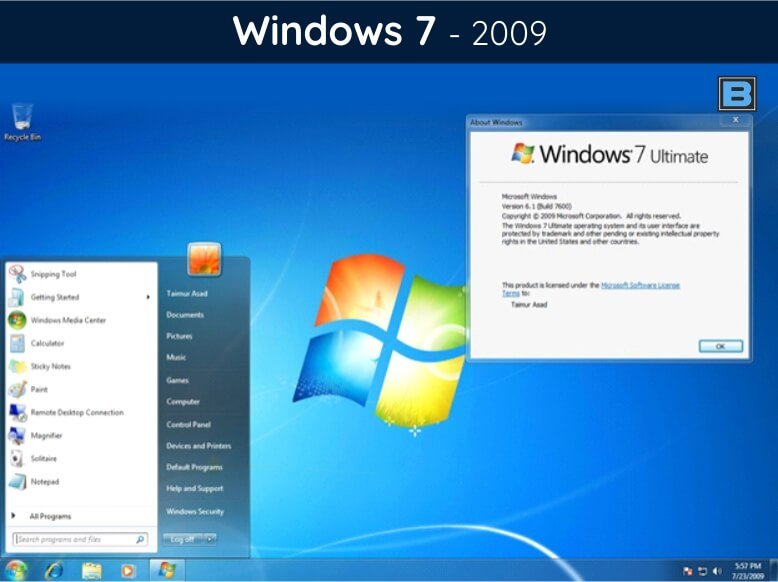
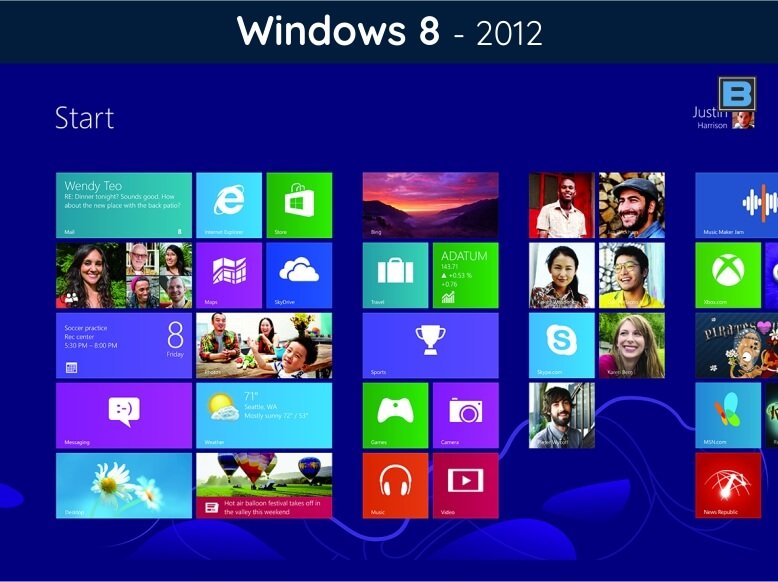
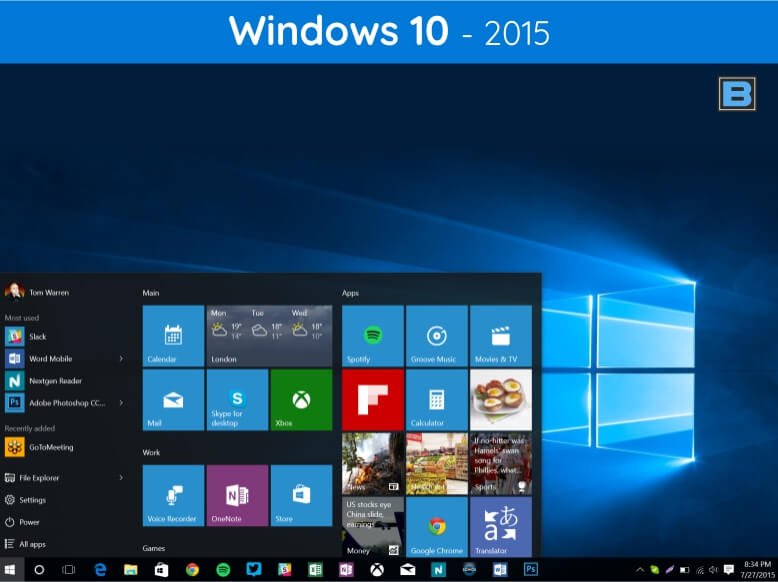
Comments